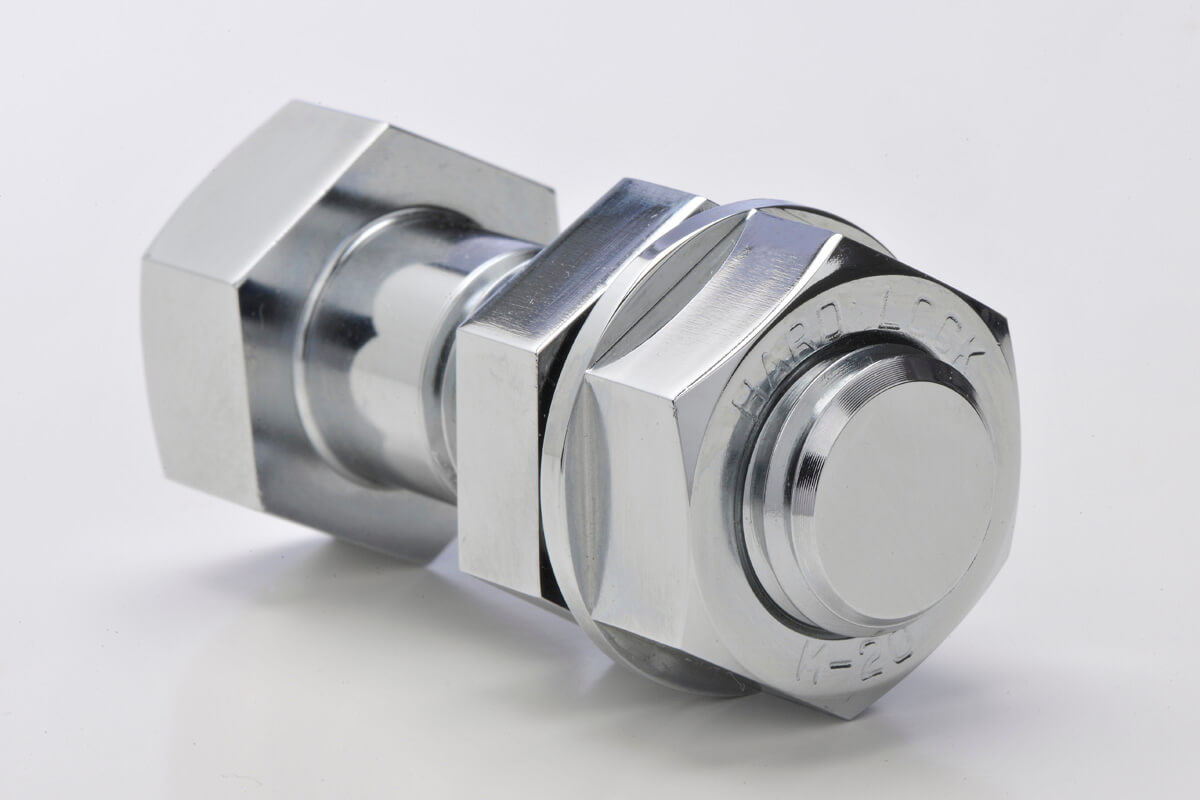Fastening Sound Barrier Panels
*Some images are for illustration purposes only.
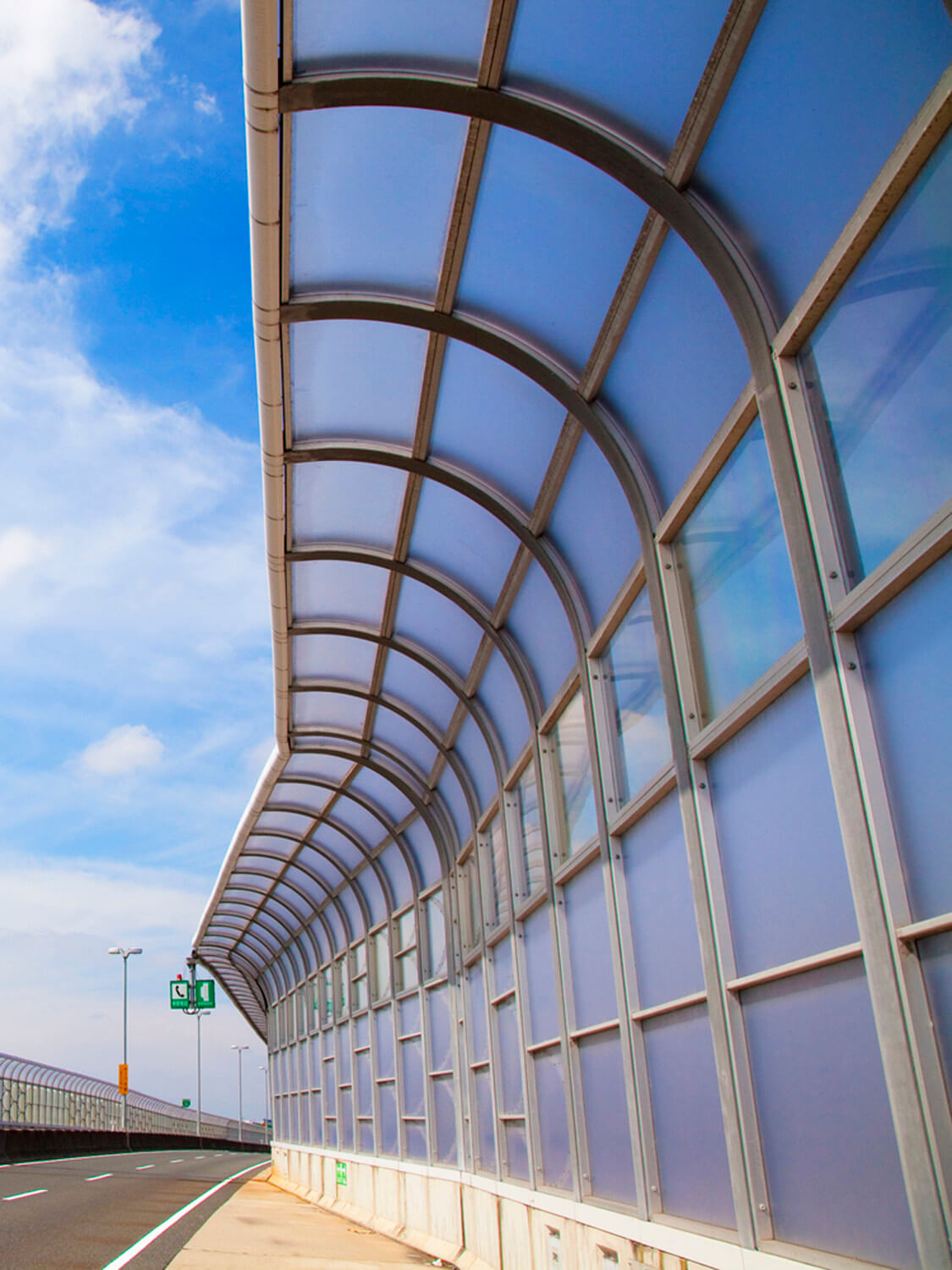
Overview
A soundproof wall, also known as a noise barrier, is installed to reduce the noise generated during the operation of high-speed vehicles and prevent surrounding noise. With recent advancements in high-speed transportation, railway companies are actively transitioning to new types of soundproof walls that offer improved noise reduction capabilities.
Implementation
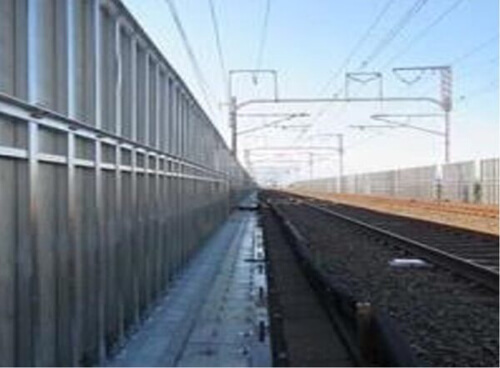
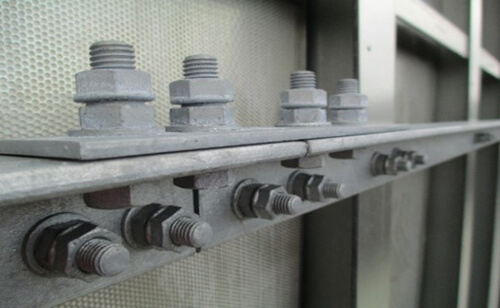
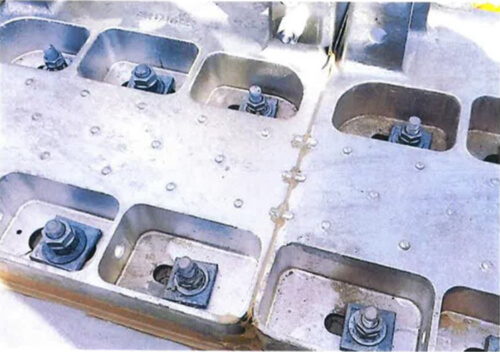
- Anchor bolts and the fastening points of the soundproof panels.
- Areas subjected to repeated exposure to strong wind pressure.
- Areas subjected to repetitive vibrations.
- Areas where concerns arise regarding loosening of screws due to natural wind loads or earthquakes.
Improvement
- Reduced the work load by extending the cycle of maintenance because it was performed at night.
- Maintenance costs have also been greatly reduced.
